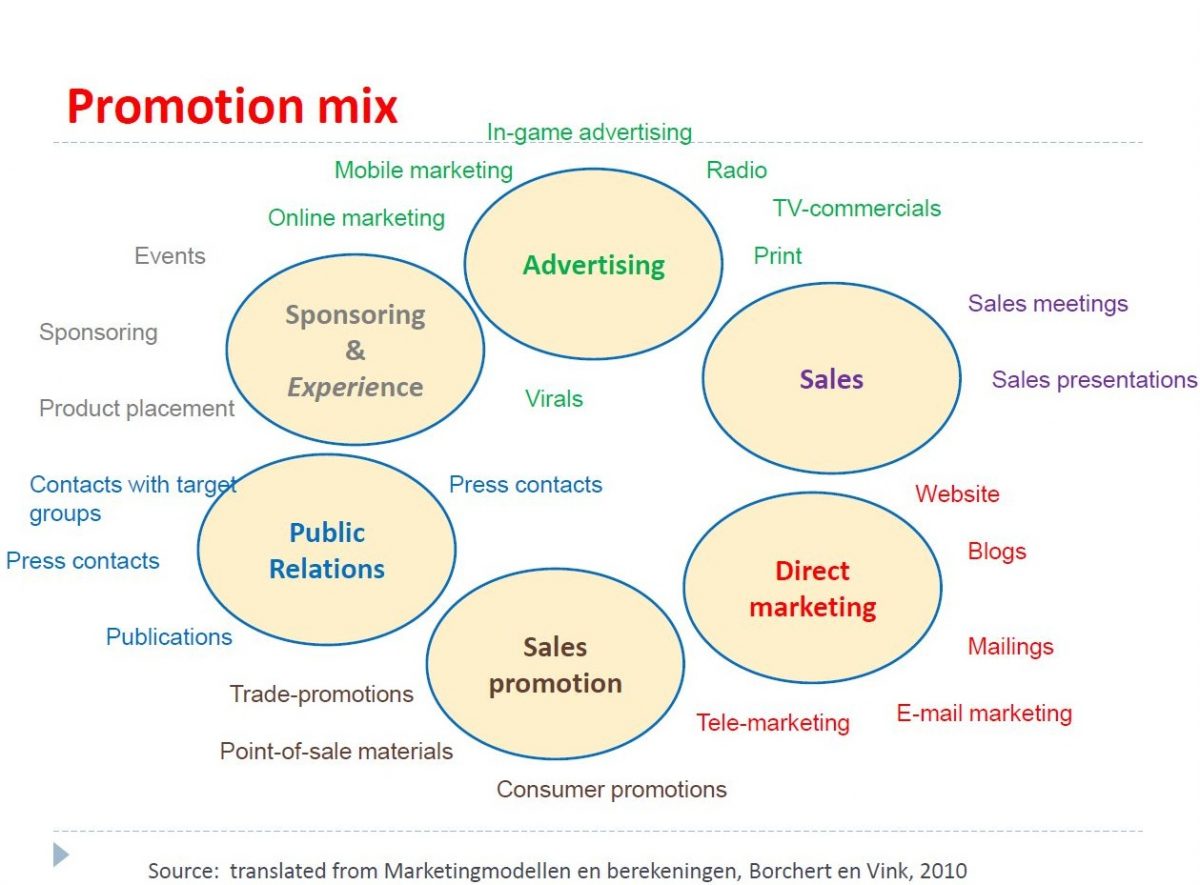Unilever is a multinational corporation that operates in the consumer industry where it sells such products as Ben & Jerry’s ice cream. The company sells multiple consumer products to different markets across the globe. Its major markets are in Europe, Asia, North and South America and Africa. The company dominates some of those markets although it faces competition from other corporations, such as Nestle, Reckitt Benckiser Group PLC and Proctor & Gamble. As examined in this paper, Unilever can improve its competitiveness through effective marketing of its brands, such as Ben & Jerry’s.
Competition
Competition in the consumer and retail goods industry is very high. The industry is characterized by free entry and exit whereby new firms can easily enter the industry and the firms that are unable to cope with increased competition can leave at will. Unilever is a dominant firm in the manufacture and selling of consumer goods, such as ice cream. Major competitors of Unilever are Proctor & Gamble, Nestle and Rekitt Benckiser Group PLC, as mentioned above.
Proctor & Gamble is one of the dominant firms in the retail and consumer goods industry because it effectively competes with Unilever in the manufacture and sale of beauty, personal care and household care products. A dozen of major brands of Proctor & Gamble are sold across the globe. The markets that Unilever operates are similar to those of Proctor & Gamble. Another major competitor to Unilever is Reckitt Benkiser Group PLC that plays in similar industry, while selling different products.
The firm runs powerful brands that manufacture and sell various goods for home care. Examples of the company’s brands include air refresher brands, such as Air Wick, Lysol, Easy-Off (household cleaning), and laundry products, such as Woolite. These brands effectively compete for the market share with other brands of Unilever and Proctor & Gamble. The third major competitor to Unilever is Nestle S.A., which manufactures differentiated consumer goods, which are also similar to the products sold by Unilever, Proctor & Gamble and Reckitt Benkiser PLC (Hovers, 2013, par. 3).
Marketing Mix
The marketing mix comprises the products offered by the firm, their price place and the promotion of the products.

Products: Unilever deals with a variety of consumer products that it manufactures and retails to the consumers. Specifically, this marketing plan focuses on Ben & Jerry’s ice cream brand that is produced by Unilever. The product is unique since the firm manufactures it specifically to satisfy consumers’ taste and exceed their expectations.
Price: There are different pricing strategies that Unilever Corporation can utilize to promote its Ben & Jerry’s ice cream brand. While setting the prices, the firm needs to understand the markets that it sells the Ben & Jerry’s ice cream brand and the level of competition in the market. This marketing plan suggests a pricing strategy that meets the firm’s manufacturing costs and a minimum profit that leaves the prices slightly lower than its competitor’s prices (Harrel, 2008, p. 106).
Ben and Jerry’s ice cream produced by Unilever retails at various prices that range from £4.49 per tub (500ml) among various retail shops across the UK, such as Tesco, ASDA and Sainsbury, among others. This retailing price for the ice cream is above the manufacturing price but slightly lower than the competitors’ prices.
Place: This involves the markets that Unilever can play and sell its products in and the distribution channels that the firm uses to distribute the produce. Unilever is a multinational corporation that operates in different markets that are virtually in all the continents across the globe. Despite the large span of activities across the globe, this marketing plan focuses on emerging markets and markets located in developing countries. The channels of distributing the ice cream depend on the infrastructure in the market destination.
However, much of the manufactured products are distributed from manufacturing warehousing to retail outlets by air and then road transport. Unilever Corporation has the ability to sell its Ben & Jerry ice cream directly to consumers by establishing outlets. It can also incorporate wholesalers that sell to such retailers as Tesco. Alternatively, it may avoid the wholesaler and provide its ice cream directly to retailers who will then sell it to consumers.
Promotion: In order to promote its ice cream brand, Ben & Jerry’s, Unilever should promote the product through allowing customers to taste some free samples, providing coupons and discounts and offering mystery rewards, such as scratch and win cards as well as raffle tickets. The electronic promotion could involve establishment of regional based websites where online consumers can order the company’s products.
Moreover, Unilever can promote its ice cream by providing consumers with branded pens and notebooks so that its target customers would have a strong recognition of the brand. Others steps to be made to offer purchase displays and rebates, apart from newspaper and TV adverts that could increase the awareness of the customers about this ice cream brand.
List of References
Harrel, G 2008, Marketing: connecting with customers, Chicago Education Press, Chicago.
Hovers, 2013, Unilever Competition.